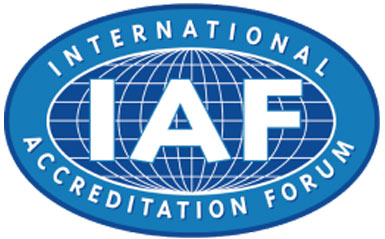About Nepal
Nepal is a country of great contrasts; Himalayan peaks such as Everest and Annapurna, Kathmandu with its colorful Federal Republic is situated between India and China and it has 30 million people. Elevations in Nepal vary from about 250 feet in the tropical Terai region to 29,028 feet at the Summit of Mt. Everest. Nepali life is rich in culture and religion which gives it.
Since 18th Century Nepalese worker has been working in the other countries. History shows that British hired Nepalese Gurkhas to join their Military forces. Since then Britain and India regularly recruited Nepalese people for their Gurkha regiments. Since the 80’s of 20th century, these facts, Nepalese workers has recruited by many other countries too.
Size: 885-km (553 mile) long, 145-241 km (31-151 mile) wide, 147, 181-sq km in area. 26-300 north latitude, 80-880 east longitude: on the Indian subcontinent bounded on the north by Tibet Autonomous Region of the People’s Republic of China & on the west, south and east by the Republic of India. Terrain: Hilly and mountains, 77% Terai lowlands, 23% more than 25% above 3000m. Latitude Range: From 70m above sea level (230ft) in the terai, to 8848M (29,028 ft) at Sagarmatha (Mt. Everest), Kathmandu Valley: 853m (2,798). Climate: Kathmandu- Summer 15-30°C, winter 0-16°C: Terai- Summer 21-39°C, winter 9-30°C. Rainfall (Kathmandu) Oct-May 300mm June-Sep 1100mm. Time: 15 minutes ahead of Indian Standard Time, 5 hour 45 Minutes ahead of GMT Population: 30,547,580 Approx. Language: Nepali is the national language, Devanagari the script all together 26 languages are spoken.

Nepal’s Foreign Employment Perspectives
Nepal’s major exports is labor, and most rural households now depend on at least one member’s earnings from employment away from home and often from abroad.
The economically active population is estimated to be 10.3 million. This includes 5.3 million males and 5 million females. The bulk of the economically active population is between the ages of 25 and 44. Every year, 3 Million (1.55 Male 1.45 Female ) new workers are added to the Nepalese labor market but the economy has not been able to grow fast enough to absorb them. As a result, unemployment and underemployment rates are very high.
Nepal has a long history of foreign employment in India, dating back to the beginning of the 19th century, when men from the hill areas of what was then known as Gorkha migrated westwards to the city of Lahore in the northern region of Punjab. There they joined up as soldiers in the army of the Sikh Rajah, Ranjit Singh. Even today, those working abroad are popularly known as “lahures.” After a war in the Gorkha area with the British East India Company (1814-1816), an increasing number of “Gurkhas” (mostly, but not exclusively from present-day Nepal) also joined the British army in India, starting a tradition that continues today.
Significant numbers of Nepali men were employed in the Indian Army through the 1950s and 1960s, and recruitment to the Indian police and other services, including the civil service, augmented the total of those employed in the
public sector in India. Towards the end of the 1990s, some 250,000 Nepalis were employed in India’s public sector, of whom perhaps 50,000 were in the army.
With the approval of the Labor Act of 1985, the government of Nepal officially recognized the potential value of foreign labor migration “overseas,” meaning beyond the Indian subcontinent. The government has done little since then to develop a coherent labor export policy or to provide any kind of training or support packages. The trade unions in Nepal are finally beginning to show an interest in overseas workers.
Increasingly, during the latter part of the 1990s, Nepalis began to migrate to the Gulf countries for work, particularly to Saudi Arabia, the United Arab Emirates (UAE), Kuwait, and Qatar. Within a short period, the number of manpower agencies operating in Kathmandu to recruit and send Nepalis to the Middle East had soared, as had the number of Nepalis migrating. The government’s only contribution to this massive movement to the Gulf was to establish a consulate in Qatar to supplement the existing embassy in Saudi Arabia.
In the end of 2010 August, 95% of officially registered migrant workers (those recruited by recognized manpower agencies) were headed for the Gulf countries. An analysis of Nepali migrant workers over three million were
migrant in end of year 2010 — by the Nepal Institute for Development Studies for UNIFEM, the women’s fund at the United Nations — revealed that two-thirds of Nepalese working overseas were employed mainly in Malaysia (35 % ), Saudi Arabia ( 25 %), Qatar (20 %), and the UAE (10 %), and other countries ( 10 % ) . The total was estimated record from Labor department in 2010 (2066/67).






